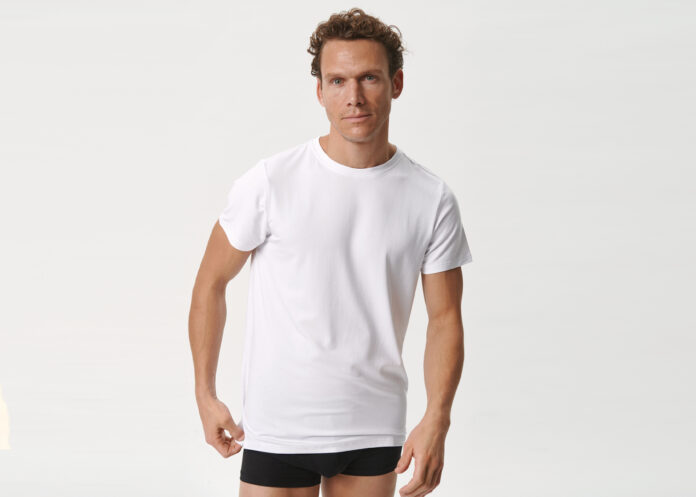While cotton was once the obvious favorite for comfortable clothing and home goods, bamboo has recently gained attention in the minds and closets of savvy consumers. As fashionistas become more conscious of their environmental footprint, they opt for more eco-friendly wardrobe choices. Various products, from men’s bamboo t shirts to socks and loungewear—once the domain of cotton—are increasingly favored when made with alternative fabrics. Soft to the touch and durable, bamboo clothing is not just a trend but proof of evolving buyer preferences.
What Is Bamboo?
Bamboo is a type of grass that grows in many parts of the world. It grows very fast and is incredibly durable, making it popular for use in construction. Beyond that, it is used as a food source in some cultures and popularly used for textiles. Fabric from bamboo grass is recognized for being soft to the touch, with a similar feel to high-quality cotton—ideal for items that require comfort and durability, such as t-shirts, loungewear, socks and bed sheets.
What Is the Difference Between Bamboo and Cotton?
By appearance alone, cotton and bamboo fabrics may seem quite similar. But they have quite a few differences:
- Cotton comes from the big fluffy bolls of a cotton plant. Bamboo fabric is derived from the pulp of bamboo grass.
- Bamboo can grow up to a meter a day without the need for pesticides or herbicides. In contrast, cotton, especially non-organic varieties, oftentimes require chemical intervention.
- Bamboo fibers tend to be more resilient, making them more durable in the long term.
- Many find bamboo fabric to be silkier and smoother compared to cotton.
Pros and Cons of Bamboo
Since the plant grows quickly and doesn’t require pesticides, it is more eco-friendly than other fibers. Fabrics from bamboo are hypoallergenic, making it the ideal choice for those with sensitive skin or those suffering from allergies. It also has the ability to wick moisture away from the skin, providing comfort even in the hottest weather. Finally, bamboo is incredibly versatile for fashion and can be used to construct various items, especially basics.
The higher quality of products made from bamboo means they may come with a slightly higher price tag—although it’s important to note that high-quality cotton usually costs the same or more. In some regions, products may be hard to find unless you know where to look.
How Bamboo Is Processed
There are several methods of processing bamboo to make it into fabric. The traditional method is as follows:
- Harvesting: Mature stalks are cut, leaving the root system intact.
- Pulping: The stalks are crushed and soaked in a solution to break them down into a pulp.
- Spinning: The pulp is then drawn out and spun into threads.
- Weaving: These threads are woven into fabric. Note that some processes utilize chemicals, so looking for eco-friendly certifications can be beneficial.
Which Is Better: Bamboo or Cotton?
Deciding between bamboo and cotton largely depends on personal preferences. Bamboo offers environmental benefits and unique textile properties. However, cotton is widely available and has been a trusted material for years. Both have their merits—the choice often comes down to availability, environmental concerns and cost considerations.

















